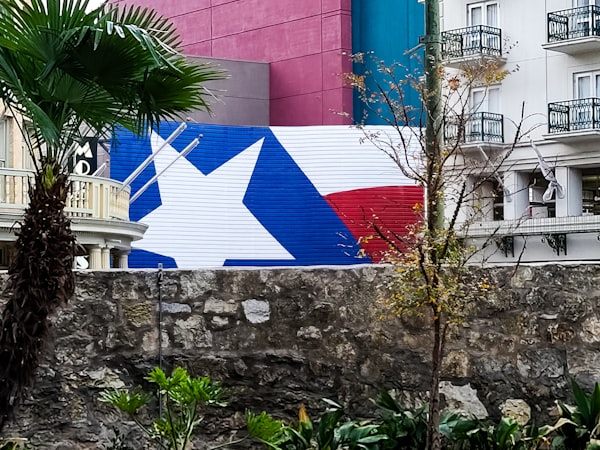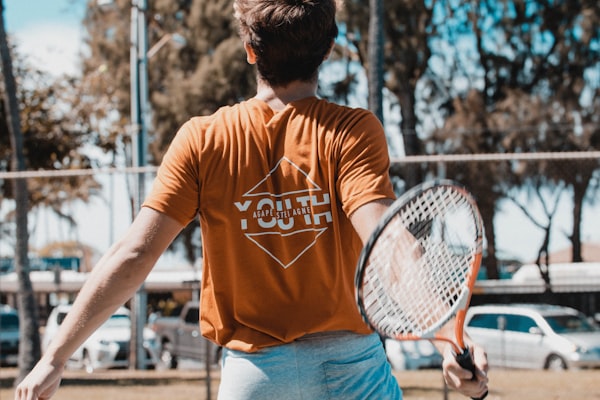
Becoming an Iler Method Therapist
My name is Daniel Plastino, and I’m a recent addition to the Iler Method® team
Daniel Plastino Introductory Blog Post
By Daniel Plastino, LMT, RN, @Daniel P
My name is Daniel Plastino, and I’m a recent addition to the Iler Method® team, besides being a licensed massage therapist (LMT) and a registered nurse for ten years. In my time, I am an avid hiker and yogi and have many interests, including nutrition, mindfulness and meditation, and music. Coronavirus is preventing us from seeing clients at the moment, so I thought I would use this time to share a bit about myself, both here and on social media, to explain why I joined the Iler Method® team and why I’m such a believer in it, not just as a massage therapist, but also as a client.
I discovered the Iler Method® a year and a half ago while researching treatment for thoracic outlet syndrome. For those unfamiliar, TOS is a syndrome in which the thoracic outlet between the collarbone and first rib narrows slowly or spontaneously over time. This leads to compression on the nerves and/or blood vessels that pass through the outlet from the neck to the arm.
There are three types of TOS: Neurogenic (nerves), venous (veins), and arterial (arteries). Ninety percent of people diagnosed with TOS suffer from the neurogenic kind. Neurogenic TOS can result in pain, tingling, numbness, and weakness in the hand, arm, neck, head, and jaw and can be debilitating. The good news is it can be effectively treated with manual (massage) and physical therapy. Unfortunately for me, I was diagnosed with venous TOS, which is rare and medically serious.
My condition led to a blood clot in my chest. Correcting it required procedures to remove the blood clot and open up the vein and surgery to remove my first rib and two of the scalene muscles in my neck to decompress the space. This was a difficult time for me. Thankfully, I found a very skilled surgeon and medical team. The initial recovery period from the surgery took one month. Although I immediately had a full range of motion, I was restricted from lifting anything greater than 10 pounds.
After that, I regained most of my independence and slowly began to work towards lifting and using my left arm again. The main thing I struggled with was that the restrictions and imbalances that existed before my diagnosis worsened due to surgery and immobility. Although my pain was better overall, I still had pain in my neck and chest daily. Certain positions, such as holding my arm at 90 degrees for extended periods, were difficult. I had some muscle atrophy due to the immobility, and my body was attempting to reorganize and learn how to move again around the loss of my scalene muscles. During this time, I began working with David Iler and the Iler Method®.
When our muscles overcompensate, we feel pain. This body-mapping system allowed us to go straight to the restrictions causing pain and reducing mobility in my neck, shoulder, chest, and arms and release them with fascial, deep-tissue, and trigger point techniques.
The Iler Method® approaches the body as an interconnected system. Therapists first work on the local pain area until there is a noticeable improvement. Next, they move to the regional area, and finally, they work to restore better communication between muscles and mind throughout the entire global body. In subsequent sessions, David worked on my lower half, improving functional mobility. Combined with a top-notch physical therapy regimen, the Iler Method® helped me largely return to my normal, pain-free, active lifestyle within six months.
As a client who came to the Iler Method® in pain, I deeply valued how David approached my case with mindfulness and patience. At the same time, the Iler Method® is a goal-oriented modality that helped me maintain a positive mindset around my recovery process. David always took the time to listen, creating a healing space for me with a treatment plan that was individualized to my needs. As my pain decreased and mobility returned, I resumed my yoga practice, guitar playing, and other activities.
One of the great silver linings of my healing journey is that I emerged on the other side, empowered to teach others about thoracic outlet syndrome and aid them in prevention and recovery. Healing from an injury such as this is an ongoing process that requires regular “tune-ups.” As a trained care professional, I have high expectations for my treatment and know what high-quality bodywork feels like. The Iler Method® consistently delivers results with long-lasting impact. This is why I not only included it in my rotation of healthy strategies, but I also became an Iler Method® therapist myself.
I was happy and eager when David asked me to join his team. My vision of holistic healing aligns well with Iler Method® ideas and practice. Here at Iler Method®, we work with a myriad of musculoskeletal conditions and sports-related injuries such as temporomandibular dysfunction tips, dysfunctional band syndrome, disc herniations, and tendonitis. Relief from other, more treatment-resistant conditions, such as migraines, fibromyalgia, and chronic pain, can also be achieved. Using my intuition, medical knowledge, and manual therapy training, I can teach clients how to find their body’s voice and listen to it. In doing so, their ideas about what kind of healing is possible are expanded.
I look forward to when we can all get back together and return to the massage table. Stay present and be safe out there, everybody. Until then!





